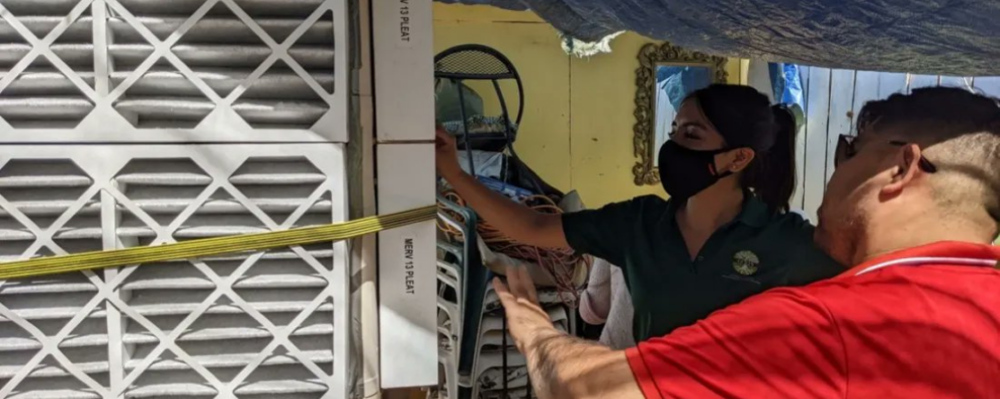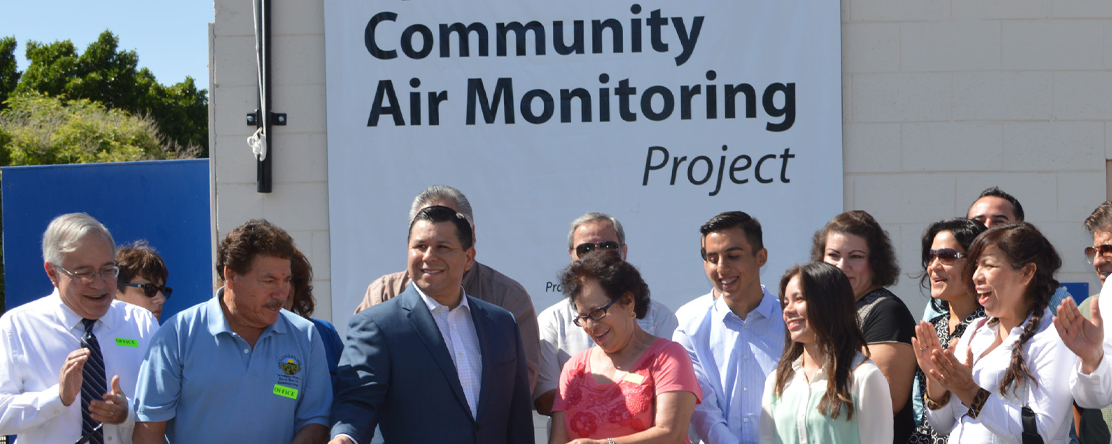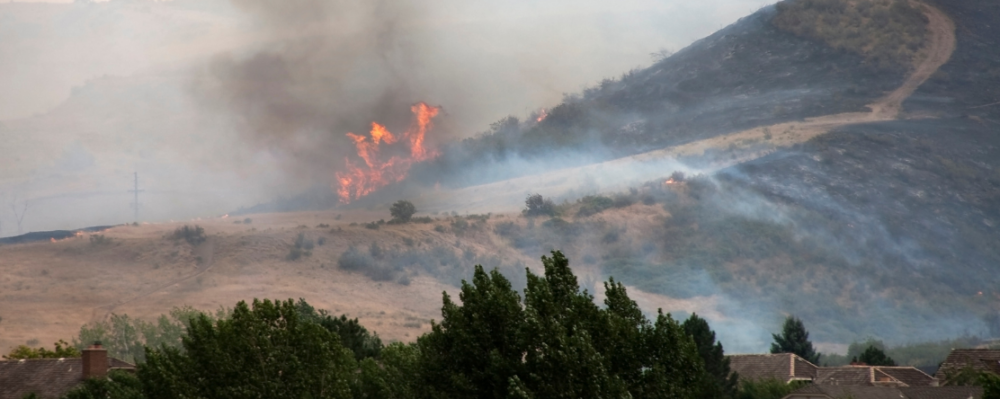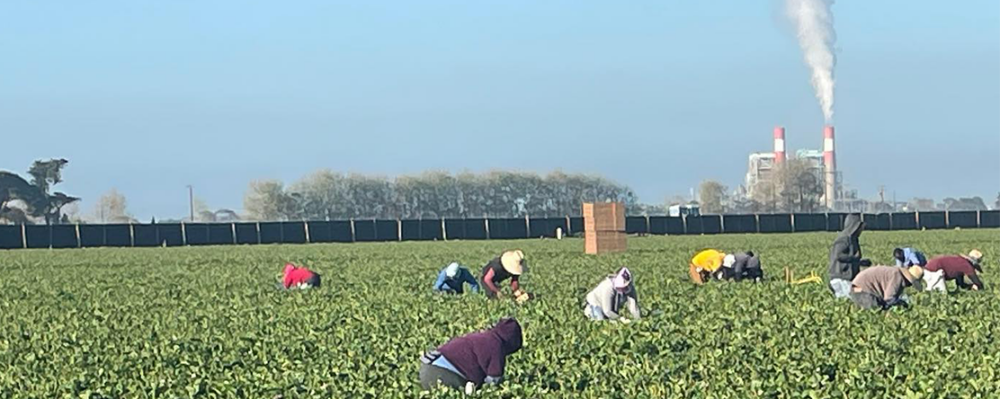
Guidebook for Developing a Community Air Monitoring Network
- Paul English, PhD, MPH
- Michelle Wong, MPH (lead author), Graeme Carvlin, PhD, Catalina Garzón-Galvis, MCP, Humberto Lugo, Daniel Madrigal, MPH, Luis Olmedo, Maxwell Richardson, MPH, MCP, Alexa Wilkie, MHS, MS

Air pollution is a major threat to human health worldwide, and communities across the country are now taking their own actions to address it at a local level.With the growing availability of low-cost air sensors, more communities are conducting their own monitoring to better understand and address air quality concerns at the local level.
PHI’s Tracking California (formerly the California Environmental Health Tracking Program) and their partners at Comite Civico del Valle and University of Washington have compiled the steps, lessons and recommendations they’ve learned from their 5-year Imperial County Community Air Monitoring Project and created this Guidebook for Developing a Community Air Monitoring Network. While each community has its own unique air monitoring interests, the experiences and lessons learned from this project provide useful guidance for community-based organizations and their partners in planning and implementing their own community air monitoring networks.
You can Use this guidebook to help you:
- Engage community and other stakeholders
- Select monitoring equipment
- Set up data infrastructure
- Design a data quality assurance and control protocol
- Select sites for monitor installation
- Analyze and disseminate data
- Sustain a monitoring network
Originally published by Tracking California
Work With Us
You change the world. We do the rest. Explore fiscal sponsorship at PHI.
Support Us
Together, we can accelerate our response to public health’s most critical issues.
Find Employment
Begin your career at the Public Health Institute.


